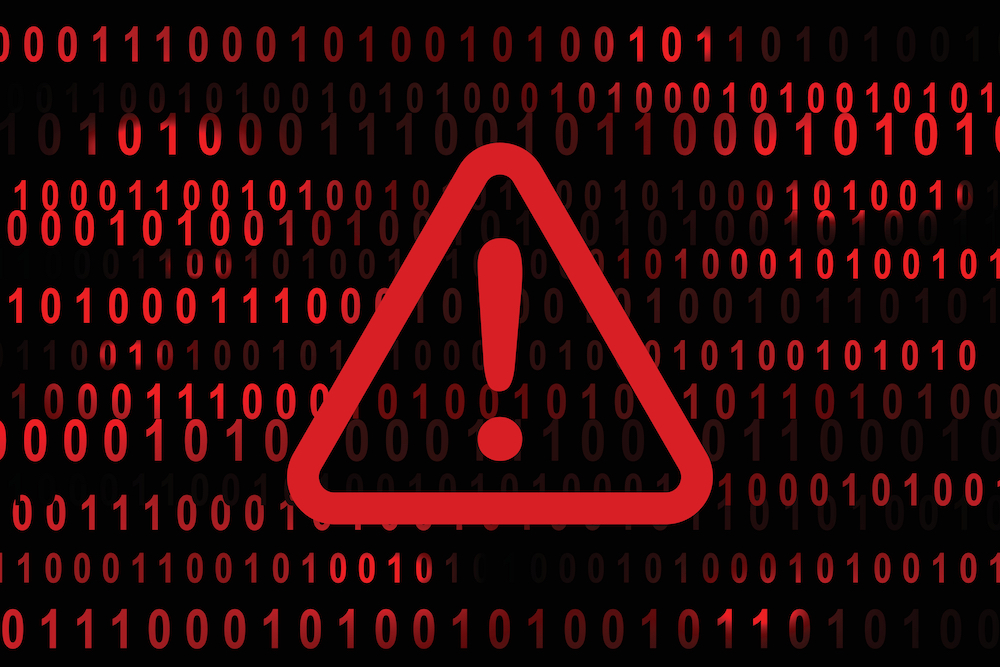In today’s digital landscape, cybersecurity threats can have an enormous impact on businesses, and the potential risks extend beyond just financial loss. Taking proactive measures to protect your business against these risks is essential for business survival. But where to begin? Learning about the most common security vulnerabilities is a good place to start.
Here are six of the most common types of cybersecurity vulnerabilities and what you can do to fix them.
1. System Misconfigurations – System misconfigurations occur when IT systems are improperly configured, making it easier for malicious actors to access sensitive data or disrupt operations. This is one of the most common types of vulnerabilities because it often occurs during system setup or when changes are being made to existing systems. Ensure all settings are correctly configured before any changes are made and that updates are regularly applied.
2. Out-of-date or Unpatched Software – Out-of-date software can present a significant security risk because new security flaws may not be addressed, leaving your organization vulnerable. Ensure all software applications and operating systems are kept up to date with the latest versions and patches released by the manufacturer. Set up a schedule for how frequently software should be updated and make sure that appropriate team members adhere to it.
3. Missing or Weak Authorization Credentials – Without strong authorization credentials, malicious actors can gain easy access to confidential information or even take control of entire networks. To reduce this risk:
- Create strong passwords that combine upper- and lower-case letters as well as numbers and symbols
- Never use the same password twice
- Don’t share passwords with anyone else
- Change passwords regularly
- Use two-factor authentication whenever possible
- Require employees to use secure VPN connections when accessing sensitive data from outside locations

4. Malicious Insider Threats – Malicious insider threats occur when someone within an organization uses their access privileges for nefarious purposes, such as stealing confidential data or disrupting operations through malware attacks or other means. Implement strict policies around user permissions and access rights as well as regular monitoring practices such as logging user activity on company networks. Provide employees with regular training on how to recognize potential security threats so they can report them quickly if they see something suspicious happening on their network or computer system.
5. Missing or Poor Data Encryption – Data encryption is essential for protecting confidential information from unauthorized access, but many organizations don’t deploy adequate encryption measures due to cost concerns or a lack of knowledge. Consider investing in advanced encryption solutions such as AES 256, which offers military-grade protection against data breaches caused by hackers or malicious insiders attempting to steal confidential information.
6. Zero-day Vulnerabilities – These attacks occur when hackers exploit unknown weaknesses in software applications before manufacturers have had a chance to patch them with an update or patch release. To protect against these attacks, organizations should have an established incident response plan to follow if a zero-day vulnerability is discovered and regularly scan for suspicious activity on the network. This will allow them to identify any potential vulnerabilities quickly so they can be patched or remediated before they result in a full-blown attack on their systems.
It can be intimidating to understand how to protect your business against the ever-evolving world of cyber threats. But understanding the most common types of security vulnerabilities and taking proactive steps to fix them is essential for every business. By having a clear understanding of the landscape, you can make informed decisions that will help keep your business secure. Don’t wait until it’s too late – take the time now to ensure your business remains safe.
About OIT
OIT is a leading IT provider and Modern Office Methods company. Services include Managed IT, Managed Cybersecurity, Microsoft Office 365 Services, Cloud Services, IT Consulting and IT Projects.



Leave A Comment
You must be logged in to post a comment.